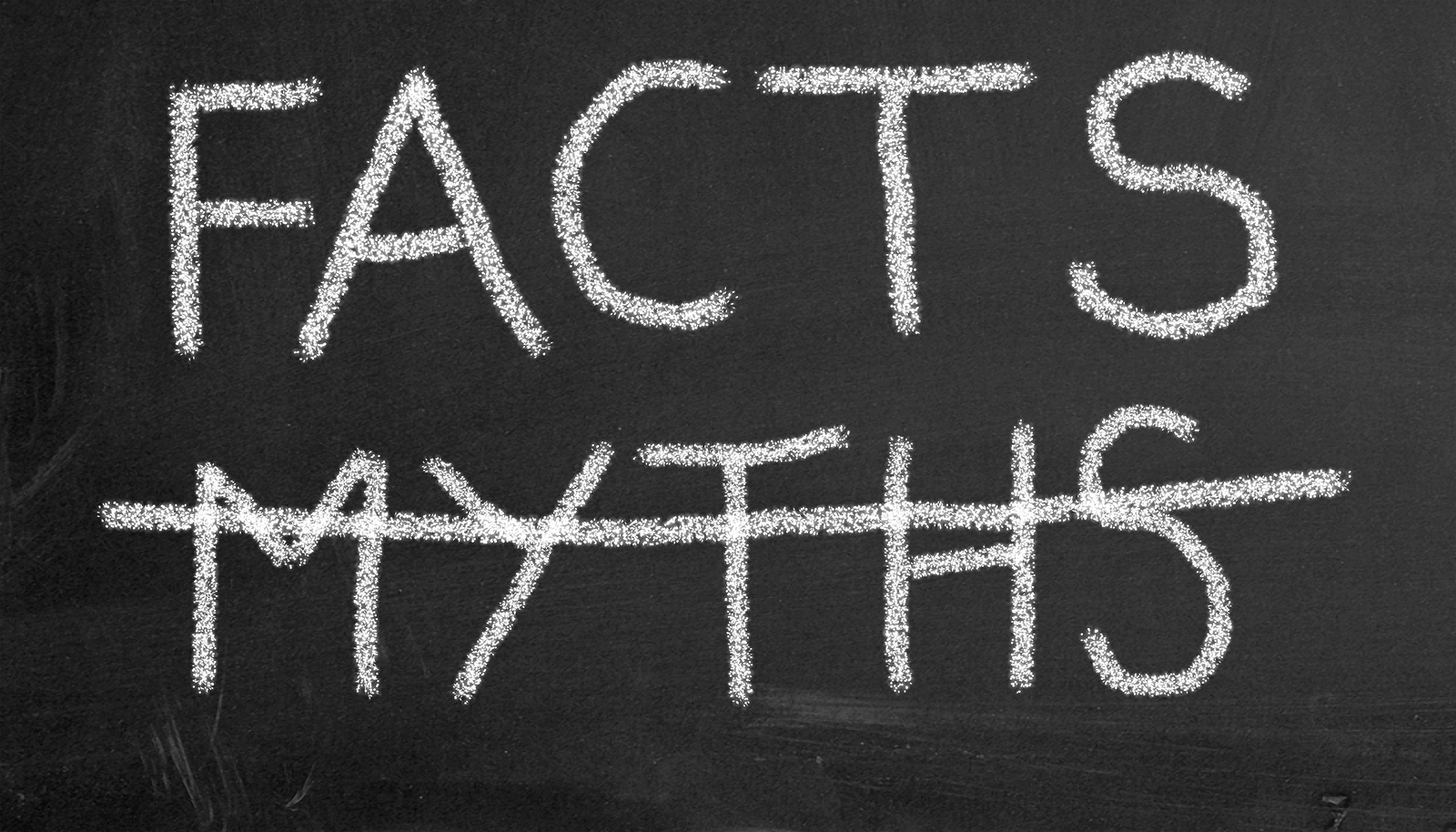And drug testing has a Return on Investment of at least $14 to $1.
 But Jim, you say, the only way to absolutely, positively prove that statement is to drug test a pool of job applicants, identify who was positive for illegal drugs, and then track their job performance. And, you say, in today’s environment that can’t happen because positive illegal drug users are removed from the hiring process immediately.
But Jim, you say, the only way to absolutely, positively prove that statement is to drug test a pool of job applicants, identify who was positive for illegal drugs, and then track their job performance. And, you say, in today’s environment that can’t happen because positive illegal drug users are removed from the hiring process immediately.
BUT, guess what I found? That’s right, I found results of a study in the Journal of Applied Psychology in 1990 that did identify the pool of applicants who tested positive for illegal drugs and then tracked their performance. (http://www.ncbi.nlm.nih.gov/pubmed/2286599)
“As part of a blind longitudinal study, 5,465 job applicants were tested for use of illicit drugs, and the relationships between these drug-test results and absenteeism, turnover, injuries, and accidents on the job were evaluated. After an average 1.3 years of employment, employees who had tested positive for illicit drugs had an absenteeism rate 59.3% higher than employees who had tested negative (6.63% vs. 4.16% of scheduled work hours, respectively). Employees who had tested positive also had a 47% higher rate of involuntary turnover than employees who had tested negative (15.41% vs. 10.51%, respectively). No significant associations were detected between drug-test results and measures of injury and accident occurrence. The practical implications of these results, in terms of economic utility and prediction errors, are discussed.”
Okay, so let’s look at a Return on Investment (ROI) using the above numbers and to keep the arithmetic simple let’s use an employee population of 1000 but keep the percentages above.
Cost to test 1000 employees, $40,000 (and that is at the higher end of the fee spectrum).
Let’s assume that 5% of your workforce, which is based on Quest annual analysis of random positive results, is using illegal drugs. That means 50 employees are taking 2.47% (6.63%-4.16%) more time off than non-illegal drug users resulting in 2,470 hours (50 X 2000 hours per year X 2.47%) of unnecessary time-off. Assuming an employee costs you $30 per hour your firm has just paid $74,100 unnecessarily by keeping those illegal drug users in the workforce.
And, we are not done. Involuntary turnover rate is 4.90% higher. That means that you had to replace 49 employees you otherwise would not have had to replace. Assume that the cost of recruitment and training is $10,000 per position. That is an additional $490,000 of unnecessary costs.
Spending $40,000 on drug tests to remove 50 employees from your workforce saved your firm a total of $564,100. That is an ROI of $14 of savings for every $1 dollar of cost.


